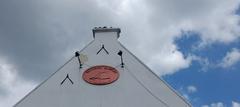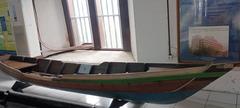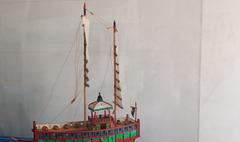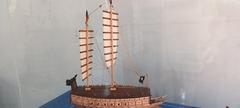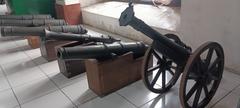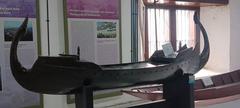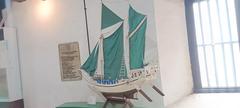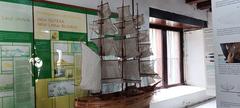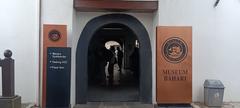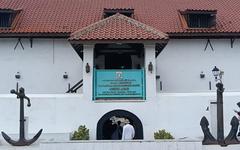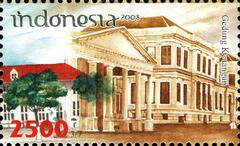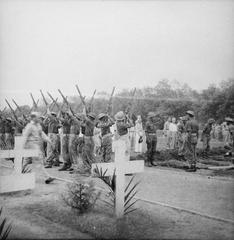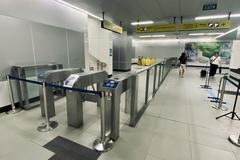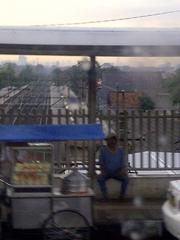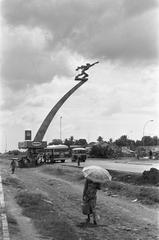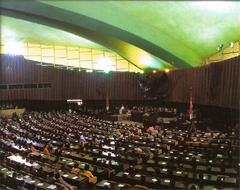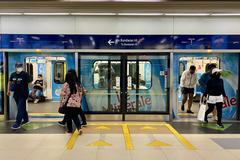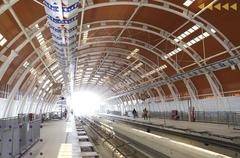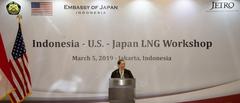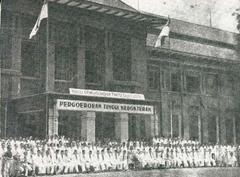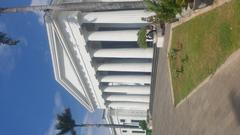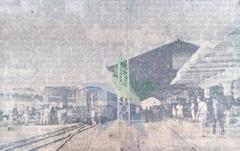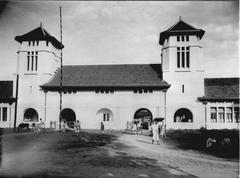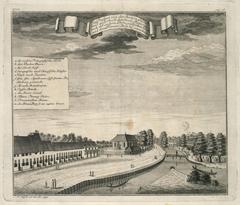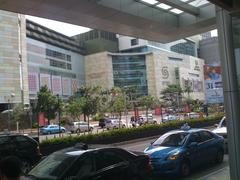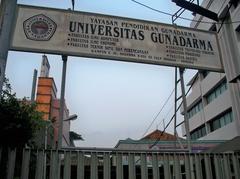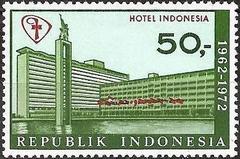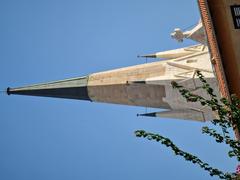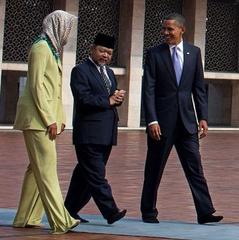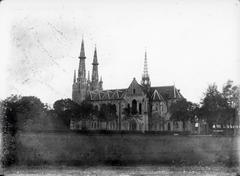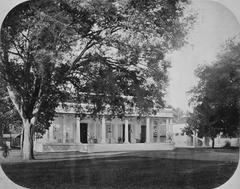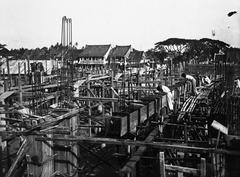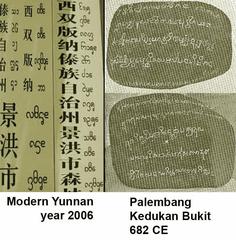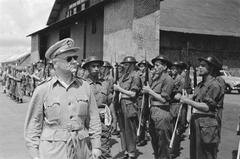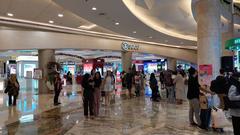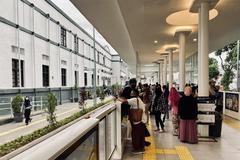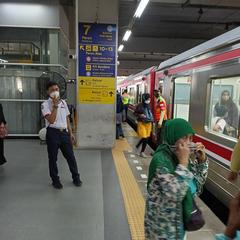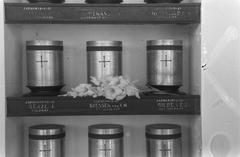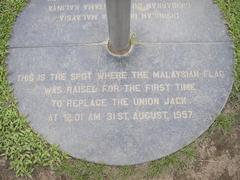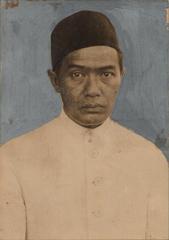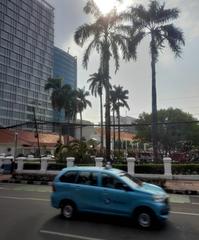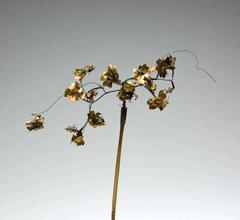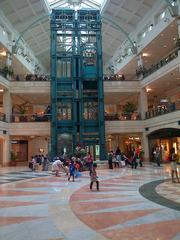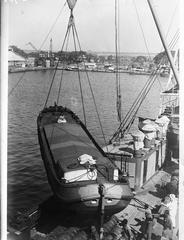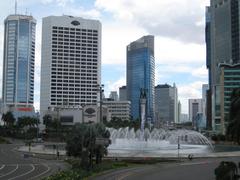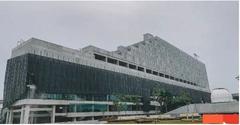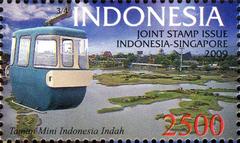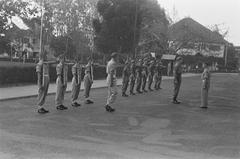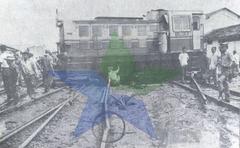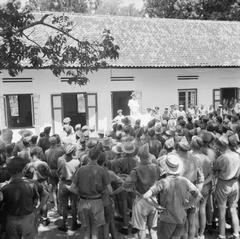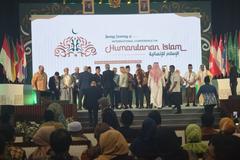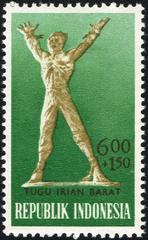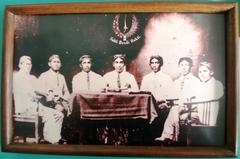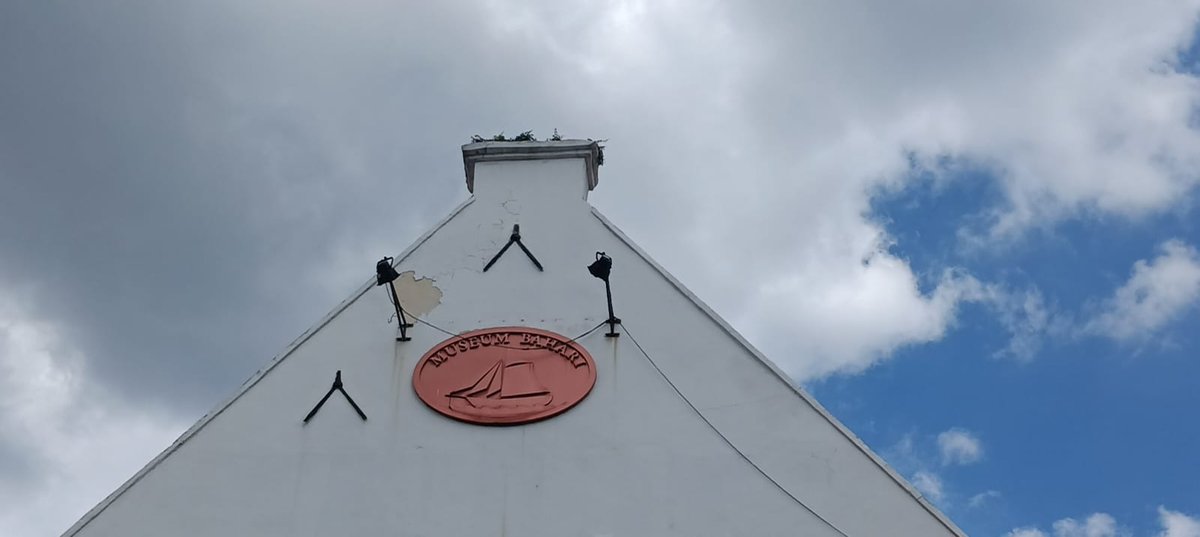
Maritime Museum Jakarta: Visiting Hours, Tickets, and Complete Travel Guide
Date: 14/06/2025
Introduction
Nestled along the historic Sunda Kelapa Harbor in North Jakarta, the Maritime Museum (Museum Bahari) is a testament to Indonesia’s rich seafaring legacy and its pivotal role in global maritime trade. Occupying former Dutch East India Company (VOC) warehouses dating back to 1652, the museum preserves the nation’s maritime traditions, colonial history, and evolving nautical technology. Its strategic location—once at the heart of Jakarta’s bustling spice trade—now serves as a cultural anchor point for anyone seeking to explore the archipelago’s maritime roots (The Jakarta Post; Indonesia Tourism; Indonesia Travel Hub).
This comprehensive guide details the museum’s history, architectural and cultural significance, practical visiting information, highlights from its collections, and tips for making the most of your visit.
Table of Contents
- History and Origins
- Museum Architecture and Preservation
- Collections and Exhibitions
- Visiting Information (Hours, Tickets, Accessibility)
- Visitor Experience and Special Events
- Nearby Attractions and Travel Tips
- FAQs
- Conclusion and Travel Advice
- Sources
History and Origins
Colonial Beginnings
The Maritime Museum is housed in the Westzijdsche Pakhuizen—VOC warehouses constructed in phases from 1652 to 1771. These formidable structures, located at Jl. Pasar Ikan No. 1, Penjaringan, stored spices and other valuable commodities before export to Europe (World Cities Culture Forum). The warehouses’ robust design—thick masonry walls, timber beams, and stone floors—protected goods from the tropical climate and theft (The Jakarta Post).
VOC Spice Trade and Colonial Expansion
During the 17th and 18th centuries, Batavia (now Jakarta) served as the Dutch East Indies’ administrative and trading hub. The VOC warehouses were crucial to the spice trade, attracting merchants from across the world. The Syahbandar Tower, adjacent to the museum, functioned as a lookout and customs post (Indonesia Tourism; Medium).
Japanese Occupation and Independence
During WWII, the warehouses were repurposed to store military supplies by Japanese forces (The Jakarta Post). Post-independence, they briefly continued as logistical facilities until 1976, when they were handed to Jakarta’s municipal government for transformation into a museum (Indonesia Tourism).
Foundation as a Museum
Officially inaugurated on July 7, 1977, the museum’s mission is to preserve and showcase Indonesia’s maritime and fisheries traditions. The building itself stands as a significant artifact, bridging colonial and modern Indonesian history (Indonesia Tourism).
Museum Architecture and Preservation
Dutch Colonial Warehouse Design
The museum’s warehouses exemplify utilitarian Dutch colonial architecture: high gabled ceilings, thick brickwork, and massive wooden doors. Small, high-set windows provided ventilation and security (Indonesia Travel Hub). Restoration efforts have preserved original features, including timber beams and stone floors (The Jakarta Post), while integrating modern amenities for visitors (GPSmyCity).
Adaptive Reuse and Symbolic Location
The museum’s proximity to the Ciliwung River and Pasar Ikan anchors it to centuries of Jakarta’s maritime story (Indonesia Travel Hub). Its adaptive reuse is a model for heritage preservation in the city.
Collections and Exhibitions
Traditional Boats and Maritime Technology
The museum houses over 1,600 artifacts, including:
- Pinisi Schooners: Two-masted ships built by the Bugis people, among the last active sailing fleets in the world.
- Majapahit Ship Models: Inspired by ancient Javanese seafaring depicted at Borobudur.
- Regional Canoes & Boats: From Sumatra, Papua, Kalimantan, and Java, reflecting diverse boat-building traditions.
- Shipbuilding Tools: Rope-making implements, woodworking tools, and multimedia on ship construction.
Navigation and Exploration
- Navigation Instruments: Compasses, sextants, nautical charts, and lighthouse models.
- Historical Maps: VOC-era charts and models of Onrust Island shipyard.
- Explorers and Traders: Dioramas, mannequins, and exhibits on indigenous and European navigators.
Colonial and Spice Trade Heritage
- VOC Cannons: Embellished with company insignia, symbolizing colonial power (Wisata Rakyat).
- Spice Exhibits: Displaying 35 varieties of Nusantara spices, highlighting their global significance.
Oceanography and Maritime Biodiversity
- Marine Life Exhibits: Coral, mangrove, and coastal biodiversity displays.
- Environmental Challenges: Panels on overfishing, pollution, and conservation.
Community and Cultural Role
- Cultural Festivals: Regular events on maritime folklore, boat-building, and sustainable fisheries (Wisata Rakyat).
- Workshops and Storytelling: For children, students, and families.
Visiting Information
Hours
- Tuesday–Sunday: 9:00 AM to 4:00 PM
- Closed: Mondays and public holidays
Tickets
- Adults: IDR 10,000 (locals), IDR 25,000 (international visitors)
- Children/Students: IDR 5,000
- Discounts: Available for groups and students
- Purchase: At the entrance; group and school visits can be prearranged
Accessibility
- Wheelchair-accessible ramps and restrooms are available, though some historic areas have uneven floors.
- Audio guides and bilingual panels (Bahasa Indonesia and English) enhance the visitor experience.
Visitor Experience and Special Events
Guided Tours and Programs
- Guided tours (in Bahasa Indonesia and English) last 60–90 minutes and offer deep insights into the collections.
- Workshops and demonstrations on traditional crafts engage all ages.
- Special exhibitions and cultural festivals, especially during Indonesia’s National Maritime Day.
Facilities
- Restrooms, a souvenir shop, and a café overlooking the harbor.
- Virtual tours and high-resolution images available via the museum’s website.
Nearby Attractions and Travel Tips
- Sunda Kelapa Harbor: See traditional Pinisi schooners and active maritime trade.
- Syahbandar Tower: Historic lookout tower with panoramic views.
- Jakarta Old Town (Kota Tua): Museums, Fatahillah Square, and colonial architecture.
- Travel Tips: Visit on weekday mornings for fewer crowds; wear comfortable clothing; bring water.
Frequently Asked Questions (FAQ)
Q: What are the museum’s visiting hours?
A: Tuesday to Sunday, 9:00 AM to 4:00 PM. Closed Mondays and public holidays.
Q: How much are tickets?
A: IDR 10,000 for locals, IDR 25,000 for international visitors, with discounts for children, students, and groups.
Q: Is the museum accessible for people with disabilities?
A: Yes, ramps and accessible restrooms are available, though some historic areas may be uneven.
Q: Are guided tours available?
A: Yes, in Bahasa Indonesia and English; book in advance for groups.
Q: Can I take photos inside?
A: Yes, but avoid flash and tripods.
Q: What other sites are nearby?
A: Sunda Kelapa Harbor, Syahbandar Tower, and Jakarta Old Town.
Conclusion and Travel Advice
The Maritime Museum Jakarta is a must-visit for anyone interested in Indonesia’s maritime heritage and colonial history. Its well-preserved VOC warehouses, diverse collections—from Pinisi schooners to spice trade artifacts—and engaging educational programs provide an immersive experience for all ages. With affordable ticket prices, accessible facilities, and proximity to other important historical sites, the museum stands as a vital institution connecting past and present. For up-to-date information, virtual tours, and exclusive content, download the Audiala app and follow the museum’s official channels (Indonesia Tourism; Wisata Rakyat; Jakarta Travel Guide).
Sources
- Seven interesting facts about Maritime Museum in Jakarta, The Jakarta Post
- Maritime Museum Jakarta, Indonesia Tourism
- Tracing the Dutch colonial heritage in Jakarta, Indonesia Travel Hub
- Maritime Cultural Heritage in The Bay of Jakarta, Academia.edu
- Jakarta Maritime Museum: Cultural and Educational Center, Wisata Rakyat
- Museum Bahari, Jakarta’s Maritime Museum, Jakarta Tourism
- Visiting Jakarta Maritime Museum, Tripoto
- Fire Destroys Jakarta’s Maritime Museum, The Jakarta Post
- Exploring the Maritime Museum Jakarta, Jakarta Travel Guide
